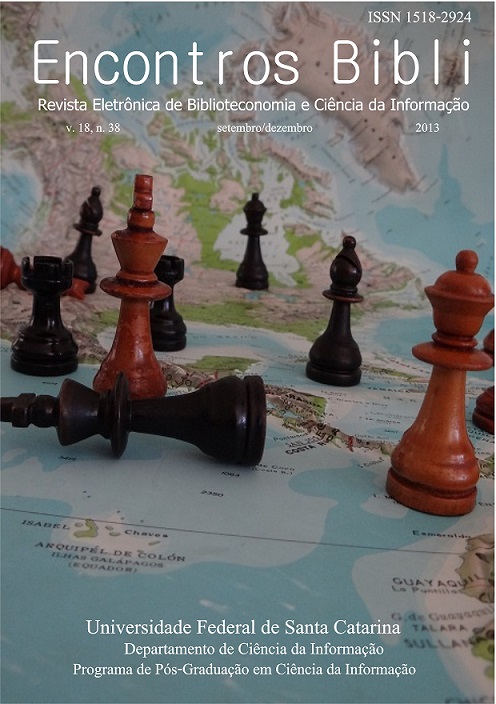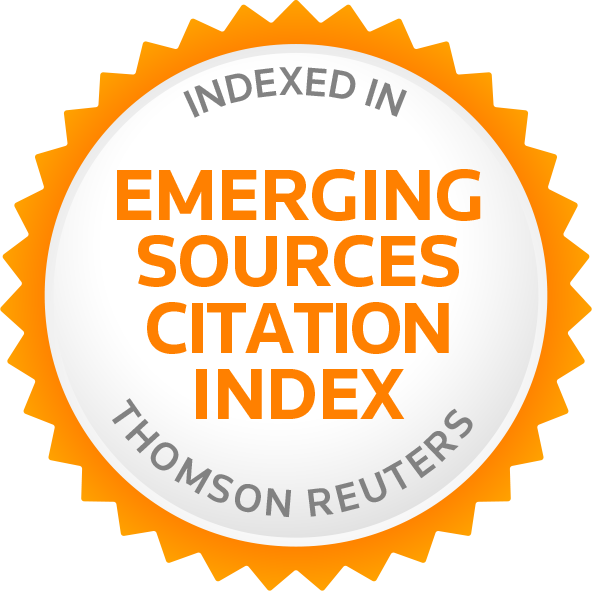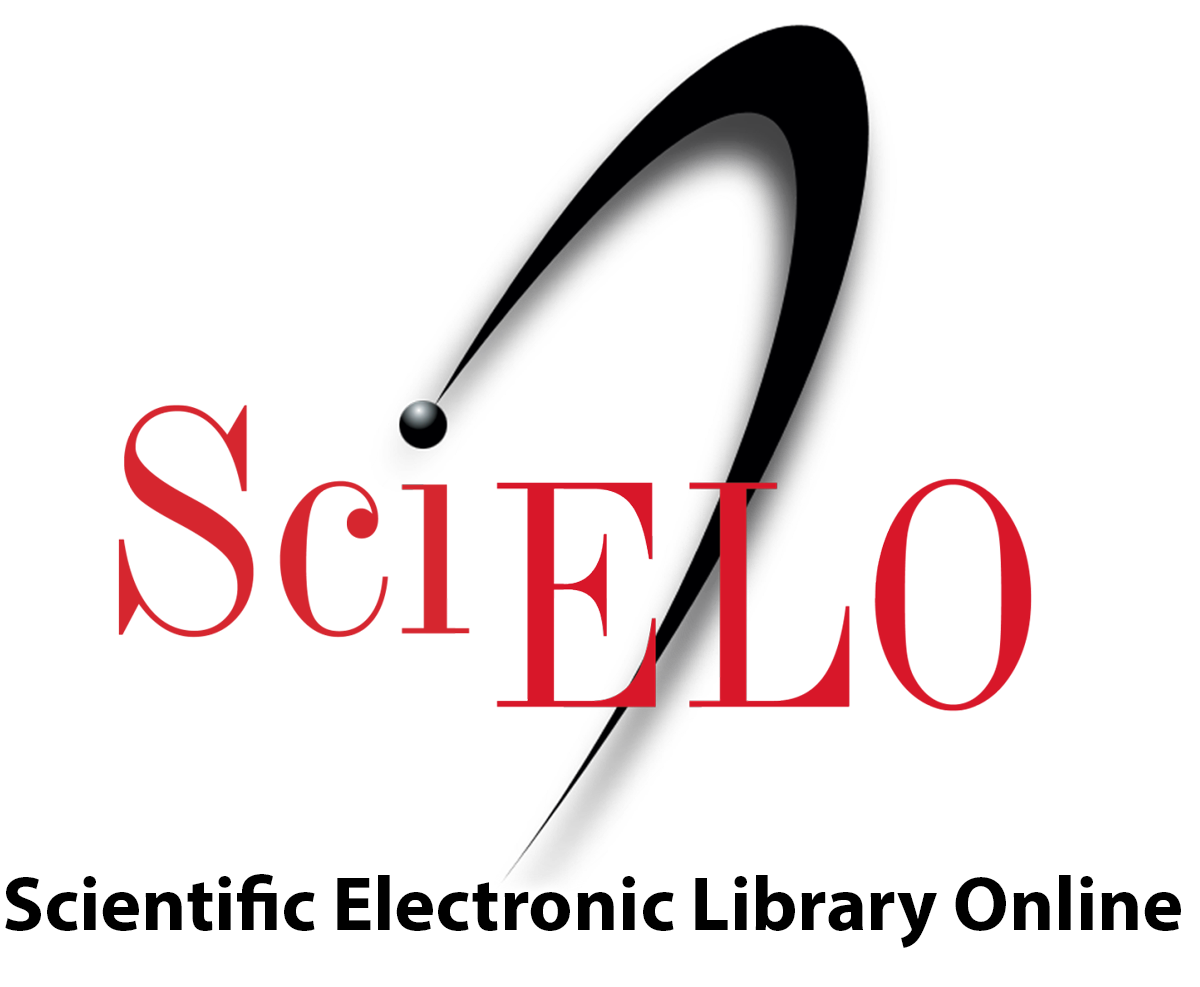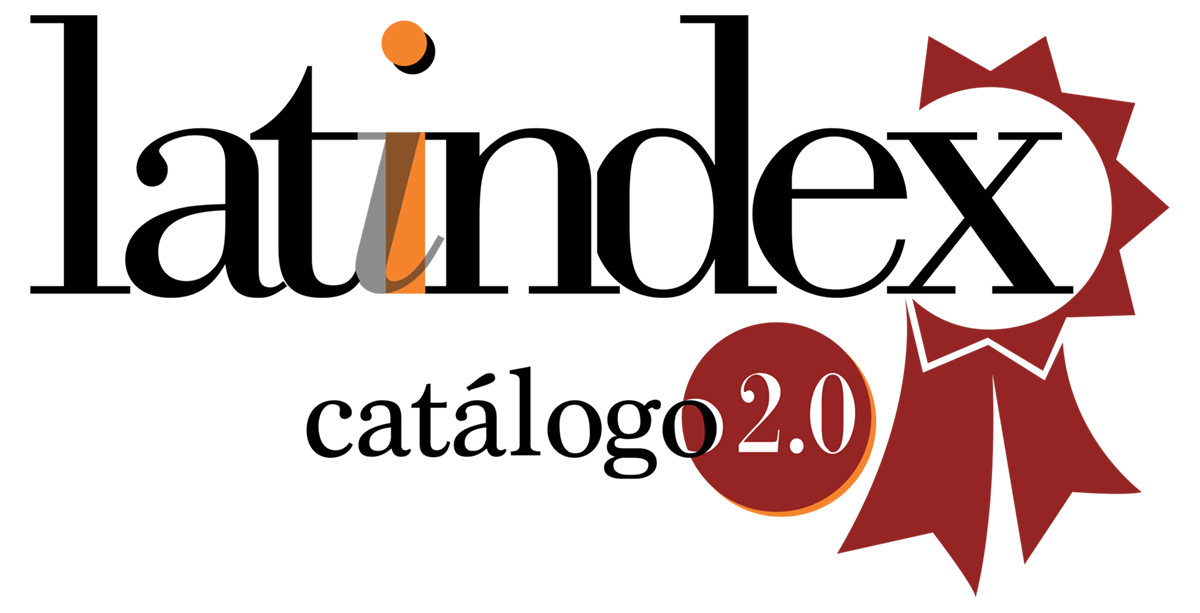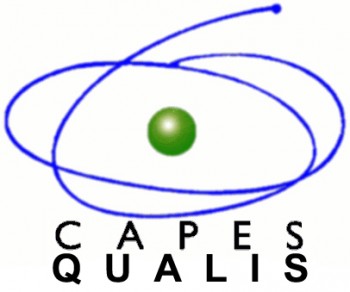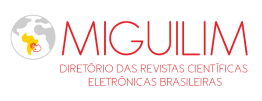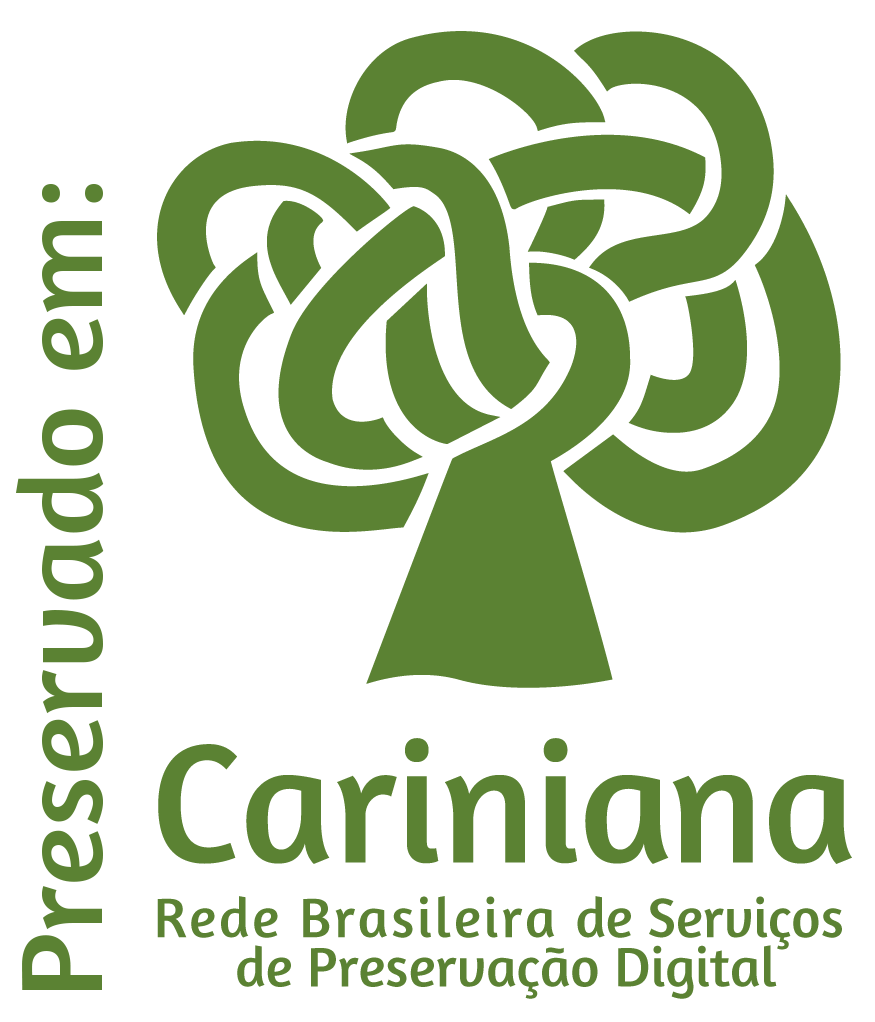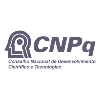Inteligência Organizacional e Competitiva e a Web 2.0
DOI:
https://doi.org/10.5007/1518-2924.2013v18n38p37Palavras-chave:
Web 2.0, Organização 2.0, Estratégias organizacionaisResumo
Analisam-se as possibilidades que se descortinam para a Inteligência Organizacional e Competitiva (IOC) sob a Web 2.0. A abordagem integrada baseada na Ciência e Gestão da Informação, Gestão do Conhecimento, Inteligência Competitiva e disciplinas correlatas, aponta algumas das principais iniciativas e metodologias de obtenção de inteligência neste contexto. Entende-se que o melhor aproveitamento da inteligência coletiva com vistas ao compartilhamento e à criação conjunta do conhecimento são suas características essenciais constituindo os elementos de base da IOC e, associadas a conceitos emergentes do mundo corporativo, como a sustentabilidade, apontam para o que podemos chamar de Inteligência Organizacional e Competitiva 2.0.
Downloads
Referências
ABRAMOVAY, R. Desenvolvimento e instituições: a importância da explicação histórica. In: ARBIX, G.; ZILBOVICIUS, M.; ABRAMOVAY, R. Razões e ficções do desenvolvimento. São Paulo: UNESP/EDUSP, 2001.
ALBUQUERQUE, S. F. de. A representação das necessidades de informação gerencial nos núcleos de informação para avaliação e gestão de empreendimentos. Brasília: Faculdade de Ciência da Informação, Universidade de Brasília, 2012. (Tese de Doutorado).
ALMEIDA, S. O. ; MAZZON, J. A.; DHOLAKIA, U. Os efeitos da participação nas comunidades de marca virtuais no comportamento do consumidor: um estudo comparativo entre comunidades gerenciadas pelas organizações e pelos consumidores. In: Encontro de Marketing da Associação Nacional dos Programas de Pós-Graduação em Administração, 3, 2008, Curitiba. Anais... Rio de Janeiro: Anpad, 2008.
AMARAL, A. Categorização dos gêneros musicais na internet: para uma etnografia virtual das práticas comunicacionais na plataforma social Last. In: FREIRE FILHO, J.; HERSCHMANN, M. (Orgs) Novos rumos da cultura da mídia. Indústrias, produtos e audiências. Rio de Janeiro: Mauad, 2007.
ANDERSON, C. The longtail; why the future of business is selling lessor more. New York: Hyperion, 2006.
BADARACO, J. J. The knowledge link: how firms compete through strategic aliances, Boston, MA: Harvard Business School Press, 1991.
BECK, H. Que és la globalización: falácias del globalismo, respuestas a la globalización. Buenos Aires: Ediciones Paidós Ibérica, 1997.
BENIOFF, M. Behild the Could. San Francisco: Jossey-Bass, 2009.
BERNERS-LEE, T. ; HENDLER, J. ; LASSILA, O. The Semantic Web: A new form of Web content that is meaningful to computers will unleash a revolution of new possibilities. Scientific American. May, 2001. Disponível em
sop.inria.fr/acacia/cours/essi2006/Scientific%20American_%20Feature%20Article_%20The%20Semantic%20Web_%20May%202001.pdf>. Acesso em 15 de abril de 2013.
BRAGA, A. Usos e consumos de meios digitais entre participantes de Weblogs: uma proposta metodológica. In:Anais do XVI Encontro da Compós, na UTP, em Curitiba, PR, 2007. Disponível em : <http://www.compos.org.br/data/biblioteca_162.pdf>. Acesso em 12 de abril de 2013.
BUSH, V. As we may think. The Atlantic Montly Archives, Jul, 1945. Disponível em : <http://www.theatlantic.com/magazine/archive/1945/07/as-we-may-think/303881/>. Acesso em 17 de abril de 2013.
CHOO, C. W. A Organização do Conhecimento: Como as organizações usam a informação para criar significado, construir conhecimento e tomar decisões. São Paulo: Editora Senac, 2003.
DA CAS, L. L. K. Redes sociais virtuais; um estudo sobre seu emprego como fontes abertas para a atividade de inteligência. Brasília:Curso de Pós-Graduação em Gestão do Conhecimento e Tecnologia da Informação: Universidade Católica de Brasília, 2012 (Dissertação de Mestrado).
DESCHAMPS, C. Competitive Intelligence 2.0 Tools. In: QUONIAM, L. (Ed.). Competitive intelligence 2.0: organization, innovation and territory. London: ISTE and John Wiley & Sons, 2011. Cap.7, p.139-160.
EDITORA ABRIL. Planeta sustentável. Disponível em <http://planetasustentavel.abril.com.br/noticia/patrocinador_414856.shtml>. Acesso em 15 de junho de 2013.
ELKINGTON, J. Cannibals with forks; the triple bottom line of the 21st Century. Oxford: Capstone Publishing, 1997.
FENSEL, D.; FACCA, F. M.; SIMPERL, E.; TOMA, I. Semantic Web. In: Semantic Web Services. Berlin: Springer, 2011. p. 87-104.
FREEMAN, L. C. Centrality in social networks I: conceptual clarification. Social Networks, v. 1, p. 215-239, 1979.
GALDO, A.; ARAUJO,T. S.; e ARDIGO, J. D. Aplicação de ferramentas Web 2.0 nas organizações: emergência das equipes auto-organizantes. In: Simpósio Sulbrasileiro de aplicação de Tecnologias da Informação e Comunicação. Rio Sul: Centro Universitário para o Desenvolvimento do Alto Vale do Itajaí, 2009. Disponível em <http://www.academia.edu/1657466/APLICACAO_DE_FERRAMENTAS_WEB_2.0_NAS_ORGANIZACOES_EMERGENCIA_DAS_EQUIPES_AUTO-ORGANIZANTES>. Acesso em 30 de abril de 2013.
GALLOIS, C., et alii. Organizational communication: challenges for the new century. Journal of Communication, n. 54, v.4, p. 722-750. 2004.
GRUPO G. Blog aplicação software social. Disponível em < http://aplicacao-software-social.blogspot.com/2010/08/mapa-conceitual-beta-perpetuo.html>. Acesso em 17 de abril de 2013.
HAGGIE, K.; KINGSTON, J. Choosing your knowledge management strategy. Journal of Knowledge Management. 2003. Disponível em . Acesso em 20 de março de 2013.
HERRING, J. P. Key Intelligence topics: a process to identify and define intelligence needs. Competitive Intelligence Review, vol. 10, n. 2, p. 4-14, 1999.
HOEGG, R.; MARTIGNONI, R.; MECKEL, M.; e STANOEVSKA-SLABEVA, K. Overview of business models for Web 2.0 communities. In: Open Acess at the University of St. Gallen. Disponível em <https://www.alexandria.unisg.ch/Publikationen/31411>. Acesso em 3 de maio de 2013.
INTERNET WORLD STATS. 2013. Disponível em <http://www.internetworldstats.com/stats.htm>. Acesso em 15 de abril de 2013.
KOZINETS, R. The field behind the screen: using netnography for marketing research in online communities. Journal of Marketing Research, v. 39, n. 1, p. 61-72, 2002.
LEE, I. Overview of emerging Web 2.0-based business models and Web 2.0 applications in businesses: an ecological perspective. International Journal of Business Research, v.7, n.4, p.1-16, 2011.
LÉVY, P. L. Intelligence collective: pour une anthropologie du cyberspace. Paris: La Découverte, 1994.
LÉVY, P. O que é o Virtual? São Paulo: Editora 34, 1996.
LOWENTHAL, M. Intelligence: from secrets to policy. Washington: CQ Press, 2003.
MAVRAGANIS, N. Information, culture e société: la montée des réseaux. Actes du colloque Informational de Grenoble, Université des sciences sociales de Grenoble, 9-12 May, 1989.
McAFEE, A. Enterprise 2.0: the dawn of emergent collaboration. MIT Sloan Management Review, v.47, n.3, p.21-28, 2006.
McMASTER, M. D. The intelligence advantage: organizing for complexity. Newton, MA: Butterworth-Heinemann, 1996.
MONTARDO, S. P. ; ROCHA, P. J. Netnografia: incursões metodológicas na cibercultura. Revista E-compós, 2005, v. 4, Brasília. Disponível em : <http://boston.braslink.com/compos.org.br/e%2Dcompos/adm/documentos/dezembro2005_paula_sandra.pdf>. Acesso em 12 de abril de 2013.
MORESI, E. A. D. Delineando o valor de um sistema de informação de uma organização. Ci. Inf., Brasília, v. 29, n. 1, p. 14-24, jan./abr. 2000.
MORESI, E. A. D. Informação uma arma cibernética? Orlando, Florida. Trabalho a ser apresentado na Décima Segunda Conferencia Ibero-americana en Sistemas, Cibernética e Informática: CISCI 2013 - 9 al 12 de Julio de 2013, Orlando, Florida.
MOSCOVICI, S. Memórias, rituais e ciber-representações. In: CASALEGNO, F. (Org). Memória Cotidiana. Porto Alegre: Sulina, 2006.
NAMBISAN, S. ; NAMBISAN, P. How to profit from a better virtual customer environment. MIT Sloan Management Review, v.49, n.3, p.53-61, 2008.
NOKIA DEVELOPER. 2013. Disponível em <http://wiki.forum.nokia.com/index.php/Wiki_Home>. Acesso em 15 de abril de 2013.
O’REILLY, T. What Is Web 2.0: design patterns and business models for the next generation of software. Communications & Strategies, v.65, p.17-37, 2007.
OHMAE, K. The mind of the strategist: business planning for competitive advantage. Penguin, 1982.
PEW RESEARCH CENTER. 2013. Disponível em <http://www.pewresearch.org/>. Acesso em 28 de março de 2013.
PILEGGI, S. F., FERNANDEZ-LLATAS, C. ; TRAVER, V. When the Social Meets the Semantic: Social Semantic Web or Web 2.5. Future internet, n.4, p. 852-864. 2012. Disponível em <http://www.mdpi.com/journal/futureinternet>. Acesso em 19demarço de 2012.
PORTER, M. E. Competitive strategy: techniques for analyzing industries and competitors. The Free Press, 1980.
QUONIAM, L. (Ed.). Competitive intelligence 2.0: organization, innovation and territory. London: ISTE and John Wiley & Sons, 2011.
RECUERO, R. Redes sociais na Internet. Porto Alegre: Sulina, 2009.
RECUERO, R. ; ZAGO, G. “RT, por favor”: considerações sobre a difusão de informações no Twitter. Revista Sem Fronteiras: estudos midiáticos, Porto Alegre, v. 12, n. 2, p. 69-81, maio/ago. 2010. Disponível em : <http://www.fronteiras.unisinos.br/pdf/88.pdf>. Acesso em 17 de abril de 2013.
REDES SOCIAIS. Disponível em <http://redesociaisnc.blogspot.com/p/os-brasileiros-nas-redes-sociais.html>. Acesso em 11 de abril de 2013.
RIDINGS, C; GEFEN, D. Virtual community attraction: why people hang out online. Journal of Computer-Mediated Communication, v. 10, n. 1, Nov. 2004.
SCARABOTO, D. Comunidades virtuais com grupos de referência nos processos decisórios do consumidor. Porto Alegre: Escola de Administração da Universidade Federal do Rio Grande do Sul, 2006. (Dissertação de Mestrado).
SHADBOLT, N.; HALL, W.; BERNERS-LEE, T. The semantic Web revisited. Intell. Syst, IEEE, n. 21, p.96-101. 2006.
SIGALA, M. Integrating Web 2.0 in e-learning environments: a socio-technical approach. International Journal of Knowledge and Learning, n. 3, v. 6, p. 628-648. 2007.
SIMON, H. A. Information 101: it's not what you know, it's how you know it. The Journal for Quality and Participation, p. 30-33, Jul-Aug, 1998.
TAPSCOTT, D.; WILLIAMS, A.D. Wikinomics: how mass collaboration changed everything. New York: Penguin, 2007.
TARAPANOFF, K.; FERREIRA, J. R.; ALVARES, L. Government strategies of territorial intelligence 2.0: support to SME-TPE. In: QUONIAM, L. (Ed.). Competitive intelligence 2.0: organization, innovation and territory. London: ISTE and John Wiley & Sons, 2011.
TOFFLER, A. The Third wave. New York: Bantam Books, 1980.
TR GROUP. Análise de vínculo. Disponível em <http://www.trgroup.com.br/produtos_apresent.asp>. Acesso em 15 de junho de 2013.
VAN IWAARDEN, J; VAN DER WIELE, T.; WILLIAN, R. ; ELRIDGE, S. Web 2.0; the era of user generated content on Web sites. In: LEE, I (Ed.). Encyclopaedia of e-business development and management in global economy. IHershey, PA: IGI Global, 2010. p.1208-1214.
WASSERMAN, S.; FAUST, K. Social network analysis: methods and applications. Cambridge: Cambridge University Press, 1994.
WIJAYA, S.; SPRUIT, M.; SCHEPER, W.; VERSENDAAL, J. Web 2.0-based Web strategies for three different types of organizations. Computers in Human Behavior, n.27, P. 1399-1407. 2011. Disponível em <http://www.elsevier.com/locate/comphumbeh>. Acesso em 19 de março de 2012.
WILSON, T.D. Recent trends in user studies research and qualitative methods. Information Research, v. 5, n. 3, march 2000, Disponível em <http://www.informationR.net/ir/5-3/paper 76.html>. Acesso em 15 de junho de 2013.
ZAMMUTO, R. F., et al. Information Technology and the changing fabric of organization. Organization Science, v.18, n.5, p.749-762, 2007.
Downloads
Publicado
Como Citar
Edição
Seção
Licença
Copyright (c) 2013 Kira Tarapanoff, Lillian Maria Araújo de Rezende Alvares

Este trabalho está licenciado sob uma licença Creative Commons Attribution 4.0 International License.
O autor deve garantir:
- que haja um consenso completo de todos os coautores em aprovar a versão final do documento e sua submissão para publicação.
- que seu trabalho é original, e se o trabalho e/ou palavras de outras pessoas foram utilizados, estas foram devidamente reconhecidas.
Plágio em todas as suas formas constituem um comportamento antiético de publicação e é inaceitável. Encontros Bibli reserva-se o direito de usar software ou quaisquer outros métodos de detecção de plágio.
Todas as submissões recebidas para avaliação na revista Encontros Bibli: revista eletrônica de biblioteconomia e ciência da informação passam por identificação de plágio e autoplágio. Plágios identificados em manuscritos durante o processo de avaliação acarretarão no arquivamento da submissão. No caso de identificação de plágio em um manuscrito publicado na revista, o Editor Chefe conduzirá uma investigação preliminar e, caso necessário, fará a retratação.
Esta revista, seguindo as recomendações do movimento de Acesso Aberto, proporciona seu conteúdo em Full Open Access. Assim os autores conservam todos seus direitos permitindo que a Encontros Bibli possa publicar seus artigos e disponibilizar pra toda a comunidade.
Os conteúdos de Encontros Bibli estão licenciados sob uma Licença Creative Commons 4.0 by.

Qualquer usuário tem direito de:
- Compartilhar — copiar, baixar, imprimir ou redistribuir o material em qualquer suporte ou formato
- Adaptar — remixar, transformar, e criar a partir do material para qualquer fim, mesmo que comercial.
De acordo com os seguintes termos:
- Atribuição — Você deve dar o crédito apropriado, prover um link para a licença e indicar se mudanças foram feitas. Você deve fazê-lo em qualquer circunstância razoável, mas de maneira alguma que sugira ao licenciante a apoiar você ou o seu uso.
- Sem restrições adicionais — Você não pode aplicar termos jurídicos ou medidas de caráter tecnológico que restrinjam legalmente outros de fazerem algo que a licença permita.

